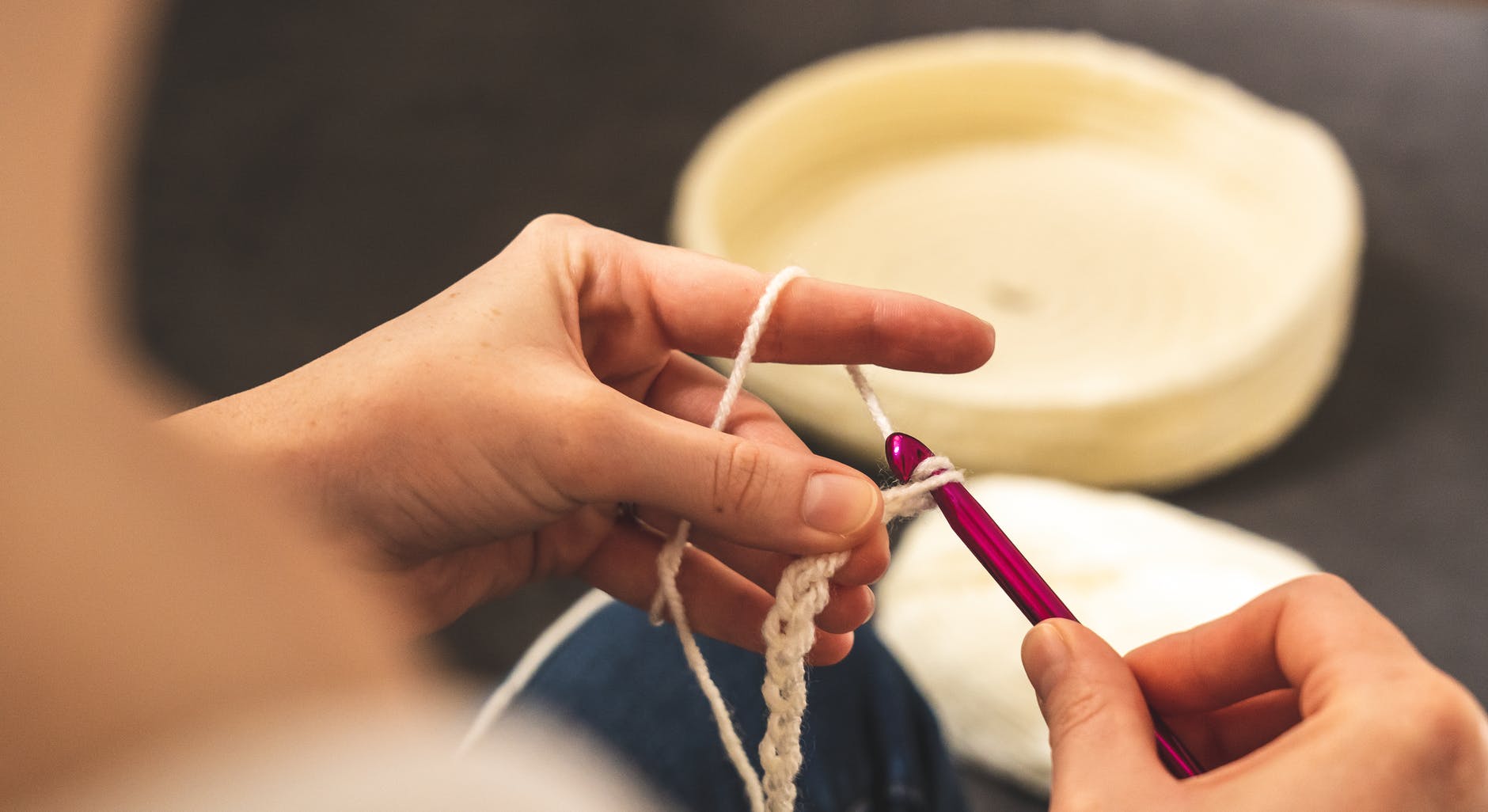This post was written on Mastodon so it has an informal writing style with jargon and a manner for a specific audience. All the spelling and grammatical errors are intended.
I love creating my own problems and then finding a rabbit hole and chasing it until I have a geek solution that is likely foolish. If I load too many tabs on my Macbook, it gets sluggish. So, can I start xQuartz? Sure! Update however…
Okay, that done, can I SSH with the -X flag to my little Raspberry Pi? Yes! Sluggish. Wah.
How about to my “Security” laptop, running Linux? Yes. Sluggish still.
Google Search, find x2go, install it. MUCH BETTER.
So I’m using x2go, running Firefox-esr and connected to my not-work-tabs, including this one. Not seamless, but it works acceptably well enough.
Sitting here, marveling at all this exceptionally complicated computing technology before me, everything has “multiple cores” yet you really couldn’t tell. So instead of running everything from one single computer, we’ve got serious work stuff on one, then a remote desktop window to another running “fluffy stuff”, and then playing Spotify from my !@#$ iPhone. HAHAHAHAHAHA.
Shitty apps, each written by devs that believe that their app is the “King Of The Realm” and you can malloc() forever without having to fret over anything at all. Leaks? Who cares! Look how pretty it is! So, multiple computers, multiple OSes, failures aren’t less, but they are spread out so they don’t block real work quite as badly.
Of course, there is also I/O Blocking to contend with. When the filesystem is doing anything, everything stops. Because I/O is super smexy.
So we contend with shitty development choices by simply throwing entire chunks of technology at the problem. Two laptops, a Raspberry Pi, an iPhone, and an iPad. Each device is good at individual things, but no, we can’t do everything on one single device. Watch that device just chug right to the fucking ground. Ah well. The modern response is “throw a hypervisor on it” and that, wow, what a great way to make an even bigger mess of things.
Bullshit hypervisors make for hilarious blown-out-afternoons. So, Windows 10 on an HP Elitebook laptop, install Hyper-V from the OS, and the Radeon display driver commits hairy suicide. Not only does the driver break, but it cannot be “upgraded” or “fixed”, the only thing you can do, is remove HyperV and… poof, uh, there was a problem? No! No problem! So, you shrug and chuckle and look at the icon for VirtualBox. Yeah, hey buddy…
There are some situations where I start thinking that I should buy a cheap $200 Chromebook just for some things. More technology. SMH. Of course.
Two days ago I remembered the glory-promise of X-Windows and SSH tunnels, with the Display being sent elsewhere. Oh my god, the promise of that… so glittering. So… disappointing.
Oh it works. But it’s like watching slugs have a romantic dinner. Maybe I should just read a book while you request that website, hmmm?
Obviously you turn to Google, the eminent sage and eternal junkie for answers. Ah yes, X-Windows over SSH is a ping/pong nightmare, half the traffic is consumed by just making sure that all the lower layers are functioning properly, constantly. Fine. But then you spot things like x2go, give that a shot, eh… it’s somewhat better.
In the end, the promise bends to tools you already have. Like TeamViewer connected to Windows 10 on a different laptop.
Heh, assuming TeamViewer stays functional that is.
Technology is bittersweet. We have such command of so many wonders. I can’t shake the feeling that it’s all an immense house-of-cards. I suppose I’ve seen too much, I know too much, “I’ve seen things you people wouldn’t believe” kind of running through my head. Like looking at Layer 1 connections secured by… chewed bubble gum.
And all the various cheats and hacks, because you naturally want something, but you can’t get it because the people who provide the thing, won’t provide the tools for the extra things you want. They aren’t going to write the code, their codebase is secret, you can’t submit code yourself, and so you just sit there, google searching and finding kludgy-as-fuck solutions to your headaches.
Yeah, that’s fine, be a prat. I’ve got a python script that scrapes your shit and does what I wanted to do.
Case in point, Signal. I love Signal. I will always love Signal. But I want to search on metadata within the Signal app. No. Like the soup nazi, no metadata for you! Only search on stuff in primary stream. Fuuuuuuuu.
So I have a group chat, it’s all my friends, in Signal, and we use it as a blazing-bright thread, it connects us all, geographically spread throughout the United States. It made the COVID-19 Pandemic less lonely. It was a community of dear friends and we could be together without risk.
So, I journal, have an app for that, but obviously Signal doesn’t work with the journal app, so I can’t just hoover all the Signal content into the journaling software. Sometimes I forget to review everything we said in Signal, so the date-of-chat just slides off primary display. You could scroll, but wouldn’t it be nice to search on metadata? Like take me to the first thing shared on Sep 01, 2021? That would be nifty! NO. NO SOUP FOR YOU.
So, no metadata searching. Fine. So, enter the raw kludgy “fuck it, this is also a solution, damn you all” solution. Can’t search on metadata, but just on raw data, so, lets add the data markers we want to the stream! At 6am, write the date into the stream, every day. Then you can use the tools in the app to search on what was shared, and since the metadata you want is “shared”, now you can search on it! Well, okay! “Sep 01, 2021” look! YAY! That’s what I wanted!
Obviously this creates a “Forking House Of Mirrors”… one bullshit kludgy solution leads to a new problem. I don’t want to wake up at 6am to put the date into Signal stream. OK. Lets automate that. Enter Signal-CLI. shakes head fine. So, lets try to connect to the service, that was a hard climb. Okay, now it’s as group, what groups are there? No groups. What? No. Send something to someone, then ask again. Okay. <<send>> how about now? OH YES, THIS GROUP!? You need a special hex code for this.
If you have this hex code, you’d think you could use that without having to ask going forward. No. New install? You can’t just simply use what you know to peek around the corner, no. You need to run around Robin Hoods Barn all over again, and now you can use it! HUZZAH. FUUUUUUUUUUU.
So, finally, we can send signal data from the CLI. Next, lets figure out the date commands picky-picky formatting rules. How to get Sep 01, 2021?
We’ve got that! YAY! Okay, so lets write a Bash script! Get the date, and at 6am write it out to the Signal group. Write script, change mode on script so it can execute, plumb the foggy memories you have of crontab, and boom. Failure.
FUUUUUUUUUUU
Ah yes, cardinal sin, I didn’t explicitly declare the specific paths to signal-cli, echo, mv, fuck, any command at all. Call the script yourself, works, cron calls? Lost. Fixup. Dive into vim. Find your cheatsheet. Gah.
Finally, good god watch it work. 6am every day, a machine you “rescued from the landfill” with some half-forgotten linux distro you can’t remember is actually working and that’s fine. Now, when it’s Sep 03, 2021, you can search on Sep 01, 2021, to get back and manually journal what you remember telling people, because there it is. Click-drag.
All because metadata isn’t searchable. I got what I wanted. Everyone can benefit from it too. But it is complete mess.
This is why entire afternoons are incinerated on the pyre of “Fuck, I wanted XYZ, but the devs don’t speak English, their angel investors aren’t interested, and nobody but me would ever want this feature… so… fuuuuuuuuuuu”
I suppose I could attempt to ask for whatever it is I think would be good, but devs live on the moon, or as much as would be useful, they do. So no. We don’t tell devs anything. We just muck about, finding fragments on GitHub, trying not to get sick that Microsoft owns them now.
So you find gists, you find forked projects, you find python code fragments. The dependencies aren’t circular-misadventures-into-the-fog, you try to remember basic linux stuff because you haven’t had to screw around with any of it for decades and crontab went off to the same Elysium Fields that Trigonometry went off to…
Google Fu. Another worrisome “house of cards” right there too, but lets not look too closely at it, lest it collapse. Or sell our identity to Belorussians.
It doesn’t take much at all. Fragile houses of cards built on other fragile houses of cards. People mobbing on top, like hapless Eloi sitting down at the picnic tables and never having a single bright shiny thought in their pretty little heads because food is always right there, on the table, same time every day. Meanwhile, underneath, the Morlocks are banging on pipes, and every once in a while grabbing an Eloi for a snack.
That’s the Internet. Humanity on top of the Internet. The rot in Layer 8.
And all you really do is shrug. You hope for a better world. Every once in a really long while you stumble blindly over something truly elegant. It’s like tripping over Rivendell and spotting an Elf walking along a curated beautiful path of perfectly carved scrollwork.
And it’s only momentary. The pile of constantly shifting wreckage we call the modern world continues to shudder and throb. It all works, and you marvel that these people manage to continue to live in all of this… wreckage.


